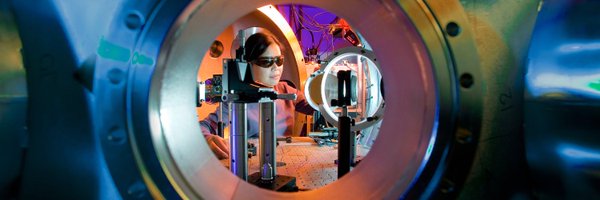 (AGENPARL) - Roma, 17 Giugno 2022
(AGENPARL) - Roma, 17 Giugno 2022(AGENPARL) – ven 17 giugno 2022 A weekly compendium of media reports on science and technology achievements at Lawrence Livermore National Laboratory. Though the Laboratory reviews items for overall accuracy, the reporting organizations are responsible for the content in the links below.
LLNL Report, June 17, 2022
LLNL researchers have developed a new cryptocurrency that uses electricity for transmission.
[Coining a new cryptocurrency](https://eandt.theiet.org/content/articles/2022/06/scientists-link-stablecoin-to-electricity/)
Researchers from Lawrence Livermore National Laboratory have devised a physics-based cryptocurrency that can transmit electricity.
Through the combination of statistical mechanics and information theory, scientists have been able to design a class of stablecoin that is linked to electricity, known as the E-Stablecoin.
According to the research, the E-Stablecoin would be minted through the input of one kilowatt-hour of electricity, plus a fee. This new blockchain concept would allow electricity to be transmitted between users who are spread around the world, without the need for interconnecting wires or a grid-based transmission system.
E-Stablecoin could therefore be the first fully collateralized stablecoin, as its value would be pegged to a physical asset – electricity – that is dependent on its utility.
[Read More](https://eandt.theiet.org/content/articles/2022/06/scientists-link-stablecoin-to-electricity/)
A diagram of a plutonium atom structure. Image credit: LLNL.
[Unlocking plutonium’s secrets](https://www.technology.org/2022/06/14/new-target-facility-will-help-unlock-plutoniums-secrets/)
Improving our understanding of the physical characteristics of plutonium as it ages is a vital aspect of maintaining the reliability of the U..S. nuclear deterrent in the absence of underground testing. The recent installation of a new plutonium target fabrication facility at Lawrence Livermore aims to further progress toward that goal.
Researchers have developed a three-pronged program of experiments on the National Ignition Facility (NIF) to help determine plutonium’s equation of state — the relationship between pressure, temperature and density — along with its strength and phase transitions. The results are integrated with data from related experiments at Los Alamos and Sandia national laboratories as part of the National Nuclear Security Administration’s science-based Stockpile Stewardship Program.
“Our assessment of the physics of plutonium feeds into the weapons program and supports the safety, security and reliability of the nuclear deterrent,” said design physicist Heather Whitley, associate program director for high energy density science in the Weapons Physics and Design Program of LLNL’s Weapons and Complex Integration directorate. “We can’t do any of these experiments without the contributions of every single person on these teams.”
Plutonium “pits”— spherical shells of plutonium about the size of a bowling ball — are a key part of the nation’s nuclear warheads.
“Understanding the baseline properties of plutonium has always been important,” Whitley said,”but as time has gone on [since underground explosive nuclear testing was halted in 1992] plutonium aging has become more important, and that has expanded the need for fundamental data to constrain the material properties of plutonium.”
[Read More](https://www.technology.org/2022/06/14/new-target-facility-will-help-unlock-plutoniums-secrets/)
Three testbed machines for LLNL’s future exascale El Capitan all ranked among the top 200 on the latest Top500 List of the world’s most powerful computers, released at the International Supercomputing Conference. Photo by Katrina Trujillo/LLNL.
[El Capitan scales up](https://www.hpcwire.com/off-the-wire/el-capitan-testbed-systems-rank-among-top-200-of-worlds-most-powerful-computers)
As the U.S. welcomed the world’s first “true” exascale supercomputer last month, three predecessor machines for Lawrence Livermore’s future exascale system El Capitan managed to rank highly on the latest Top500 List of the world’s most powerful supercomputers.

